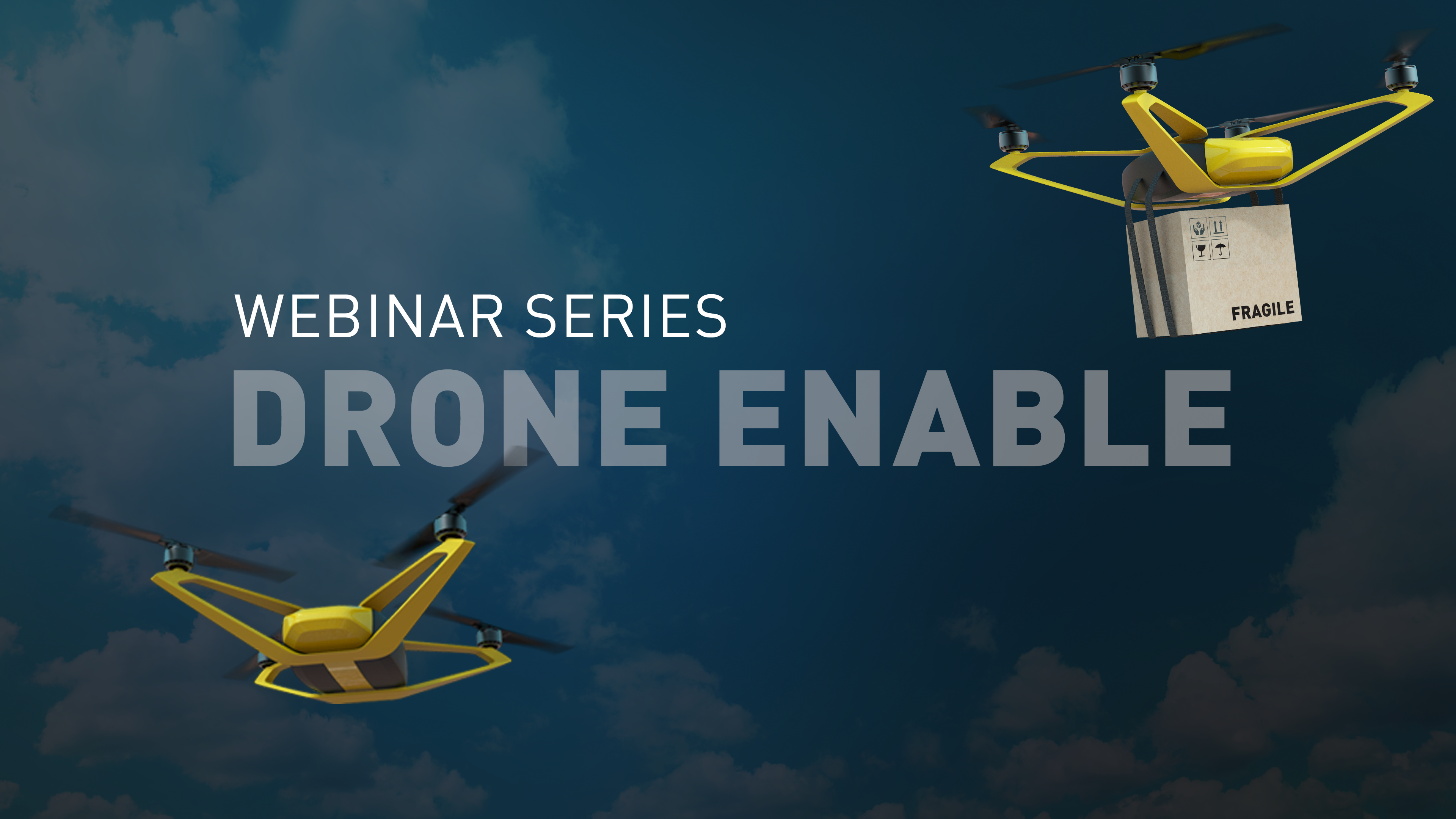When she opened the fourth consecutive edition of ICAO’s ‘Drone Enable’ Symposium this week, ICAO Secretary General Dr. Fang Liu acknowledged that traditional aviation continues to undergo a fundamental evolution in light of the increasingly widespread use of unmanned aircraft systems (UAS), as well as related modernization trends associated with digital communications and the emergence of advanced air mobility operators and other new entrants.
“We are now routinely seeing new types of aircraft, new use-cases, and new types of operations sharing airspace with traditional aviation,” Dr. Liu emphasized, “and this includes new businesses and humanitarian operations leveraging unmanned aviation technologies to better peoples’ lives, as exemplified by the transport of UN COVAX vaccine shipments from ports to hard-to-reach inland communities.”
As standards setters, our efforts in supporting this dynamic growth are being guided by the priority to ensure the safety, security, efficiency and sustainability of the aircraft and operations now being innovated. National regulators are on the front lines of this challenge, and many States and organizations are already contributing to the development of regulatory and certification frameworks.

ICAO is leading the global effort to assess and harmonize these approaches through events such as its Drone Enable symposia, and through the hard work undertaken by relevant government and industry experts in the related panels and working groups we have established, such as the Unmanned Aircraft Systems Advisory Group (UAS-AG), and the Remotely Piloted Aircraft Systems (RPAS) Panel.
“Subsequent to State requests, ICAO has reached out directly to innovators to help understand their expectations and needs,” Dr. Liu noted, “with initial efforts focused on the integration and authorization processes for UAS now resulting in new guidance material for the development and deployment of UAS traffic management (UTM) systems.”
In addition to ongoing UAS work, ICAO is also continuing to evolve the remotely piloted aircraft system (RPAS) regulatory framework for international operations. When complete, this will provide the basis for certificated remotely piloted aircraft (RPA) to operate alongside traditional aircraft, employing similar procedures and separation standards.
“SARPs addressing RPAS operations, air traffic management, and detect and avoid will follow over the next few years, most with a common applicability date in November 2026,” Dr. Liu commented.
To support States in addressing their immediate need to regulate domestic operations, ICAO publishes free model UAS regulations which can be tailored to fit the needs of individual States. Persisting challenges in this area refer mostly to the continuous resource shortages faced by national regulators as they try to keep pace with the latest RPAS advances.
Dr. Liu concluded her remarks by stressing that COVID-19 has been an accelerator for many UAS and UTM innovations, and that “a domain as dynamic and innovative as UAS places a clear onus on the industry and regulatory communities to work better together to achieve effective results.”
To catch up on the DRONE ENABLE 2021 series, click here. Presentations will be shared for on-demand viewing as they become available.

